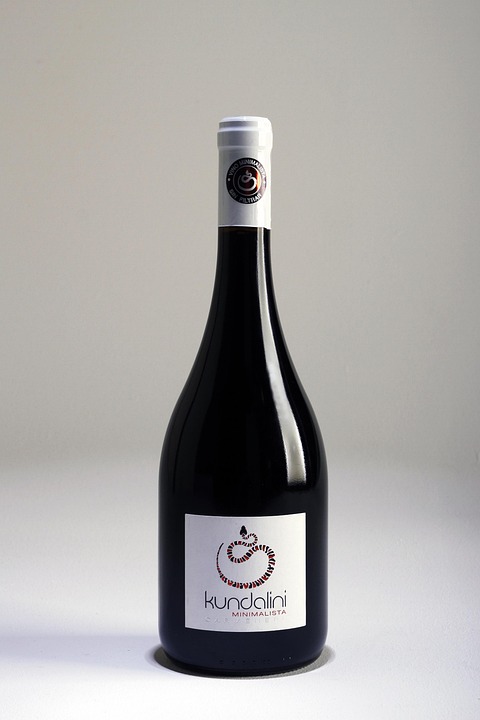Introduction
Red wine is one of the most popular types of wine globally, known for its complex flavors and structures. The flavor and structure of red wine are influenced by various factors, with grape variety and terroir playing a crucial role in defining the final product. In this report, we will delve into how grape variety and terroir impact the flavor and structure of red wine, exploring the key aspects that wine enthusiasts and industry professionals should consider.
Grape Variety and Red Wine Flavor
Understanding Grape Varieties
Grape variety is one of the primary factors that determine the flavor profile of red wine. Different grape varieties have distinct characteristics that contribute to the overall taste of the wine. For example, Cabernet Sauvignon is known for its bold tannins and dark fruit flavors, while Pinot Noir is prized for its delicate aromas and lighter body.
Influence of Grape Variety on Flavor
The choice of grape variety can significantly impact the flavor of red wine. For example, Merlot is known for its soft and fruity flavors, while Syrah exhibits peppery notes and rich, dark fruit flavors. Winemakers often blend different grape varieties to create a more complex flavor profile, leveraging the unique characteristics of each grape to achieve a well-balanced and harmonious wine.
Industry Insights on Grape Varieties
According to industry data, Cabernet Sauvignon is one of the most widely planted red grape varieties globally, known for its versatility and ability to thrive in various terroirs. In terms of financial data, Cabernet Sauvignon-based wines command premium prices in the market, reflecting the high demand for this grape variety among consumers.
Terroir and Red Wine Structure
Defining Terroir in Wine
Terroir refers to the unique environmental factors that influence the growth and development of grapevines, including soil composition, climate, topography, and altitude. Terroir plays a crucial role in shaping the structure of red wine, influencing factors such as acidity, tannins, and aromas.
Influence of Terroir on Wine Structure
The terroir of a vineyard can have a profound impact on the structure of red wine. For example, grapes grown in cooler climates tend to have higher acidity levels, resulting in wines that are crisp and refreshing. On the other hand, grapes grown in warmer climates may produce wines with more pronounced tannins and ripe fruit flavors.
Industry Insights on Terroir
Industry experts emphasize the importance of terroir in producing high-quality red wines, with some of the most sought-after wines in the market being those that showcase the unique characteristics of a specific terroir. Wineries that focus on terroir-driven winemaking often highlight the distinctiveness of their vineyard sites, emphasizing the influence of terroir on the final wine product.
Conclusion
In conclusion, grape variety and terroir are essential factors that define the flavor and structure of red wine. By understanding the unique characteristics of different grape varieties and the influence of terroir on wine production, wine enthusiasts and industry professionals can gain a deeper appreciation for the complexity and diversity of red wines. As the wine market continues to evolve, the role of grape variety and terroir in shaping red wine flavor and structure will remain a key focus for producers and consumers alike.

